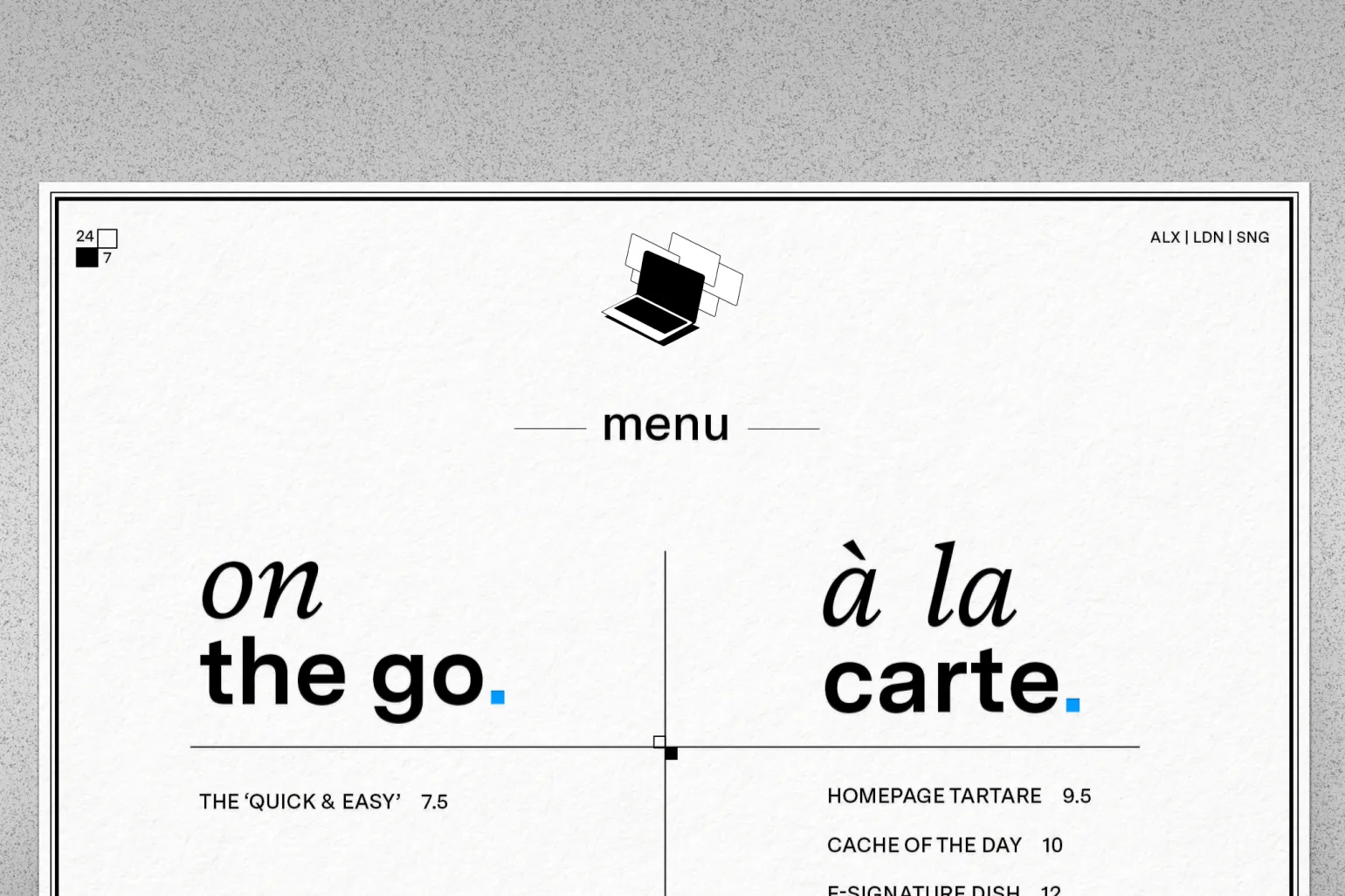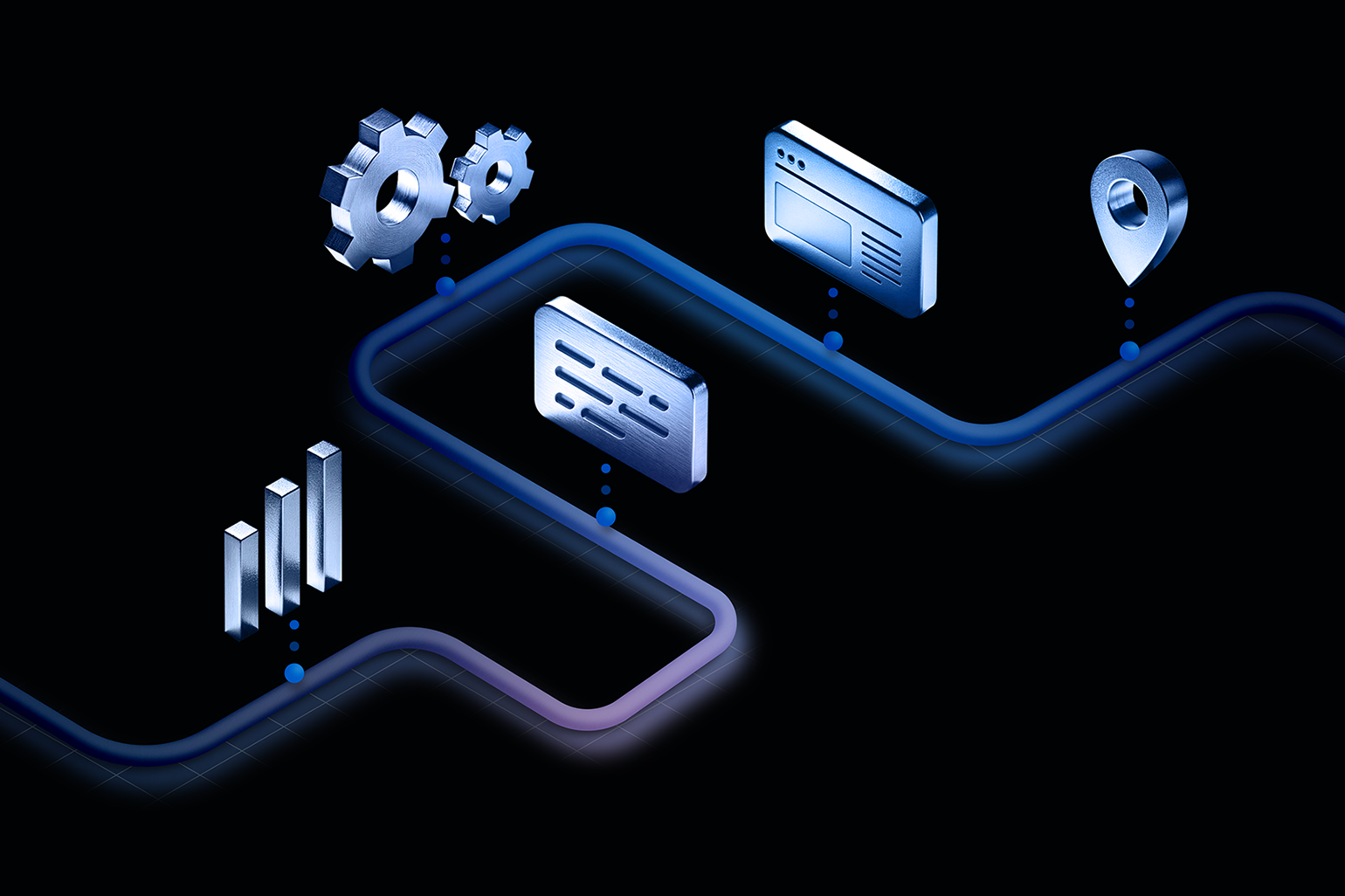Which is Best?

Thinking of redesigning your website or looking to build a new one? Choosing between a custom build and third-party template can significantly impact the effectiveness, longevity, and adaptability of your digital platform.
Depending on your goal, budget, and timeline, a custom build or template may be better for you.
What’s the Difference?
Custom websites are built from scratch while templates have standardized layouts, frameworks, and functionalities. Custom designs offer significantly more flexibility and can be tailored to meet specific needs, while template designs provide a more cost-effective and expedient solution.
Which Is Better?
Template designs are ideal for organizations with a shorter build timeline or for simple websites that will not need more complex features in the future. Public affairs teams that need to respond rapidly to breaking news or time-sensitive events can leverage templates’ pre-packaged designs to quickly and easily deploy a microsite or landing page.
Custom-built websites, on the other hand, provide greater flexibility, scalability, and long-term viability. Organizations anticipating significant growth, communicating frequent updates, or requiring comprehensive functionalities should opt for a custom build. For public policy websites that need to stand the test of time, reflect evolving priorities, or adhere to strict accessibility standards, custom builds are best. We also recommend custom builds for large websites with over 100 pages, association websites with personalized members portals, or websites containing sensitive data.
Pros and Cons of Each
Template Pros
Third-party templates are less expensive and quicker to implement. The pre-built frameworks require minimum design and development input and come equipped with a variety of functionalities. In addition, top-rated templates have been tested and used in dozens of websites, reducing the likelihood of bugs or errors. These sites also meet minimum SEO and accessibility requirements.
Template Cons
Pre-built frameworks and themes offer limited flexibility, often requiring complex and costly coding to make design or functionality modifications. Many organizations perceive templates as established solutions, but underestimate their inflexibility. For example, an organization might choose a template based on the assumption that its website needs only basic features, only to discover in the future that needs have evolved. Issues can arise when attempting to integrate new APIs or third-party services down the road. Moreover, templates boasting an abundance of features built into every page to mitigate these limitations actually slow the website down, reducing its performance and SEO ranking.
Templated websites also run the risk of looking similar to other websites using the same template themes, making it difficult to stand out in the competitive online landscape. Another challenge associated with pre-built templates is developer dependencies, as templates are reliant on original developers for functionality and security updates: If the developer stops providing support, access to updates may be compromised. Finally, templates may lack compatibility with other plug-ins, such as interactive modules.
Custom Build Pros
Custom-built websites offer endless possibilities to add bespoke features and tailor sites to meet specific needs. Developers can build code to address issues from previous sites or enhance specific results. Custom builds can also integrate machine learning and AI data-tracking for personalization and geolocation services, capabilities that are not achievable with templates. With custom builds, even if these functionalities are not built in initially, the website can be future-proofed for new technology–like voice search and AR/VR–so it’s quick and easy to add them later on. After the initial launch, it is much faster and less expensive to add new features or functionalities to custom websites.
Furthermore, custom builds boast superior performance and faster load times by eliminating unnecessary features or code that may slow down the website, which in turn boosts SEO. Custom websites are optimized for SEO from the ground up, easier to manage by staff, and more secure against external threats. By controlling how the code is built, developers can easily implement robust security measures and avoid the vulnerabilities that may exist in templates.
Custom Builds Cons
In addition to higher costs and a longer development timeline, custom builds need a service agency to manually address functionality and security updates, as opposed to downloading updates on a pre-built theme. Generally, the original build agency will be responsible for maintenance and updates. At NJI, we build our code so that any developer can take over, which means clients can manage their own updates if they choose.

